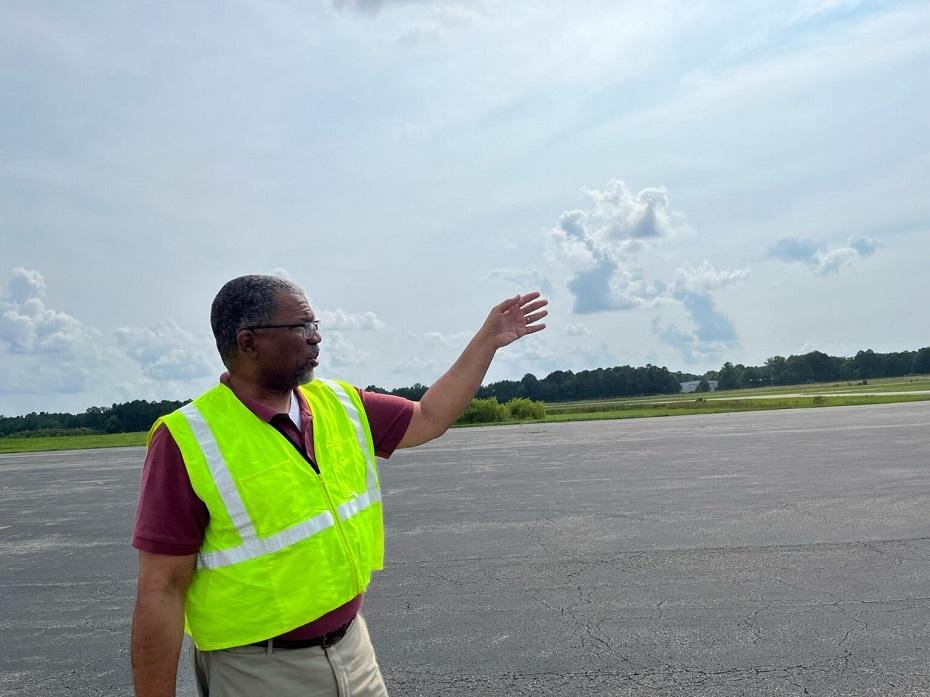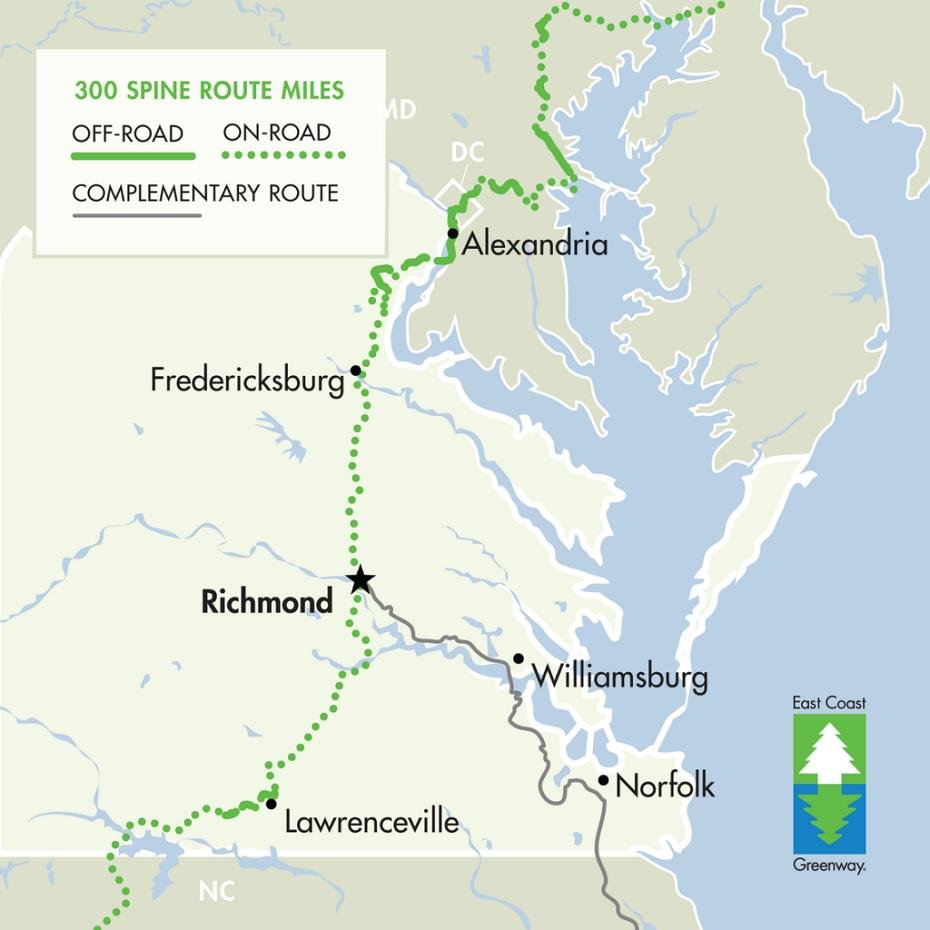by Ian Stewart, Virginia Mercury
The Bipartisan Infrastructure Law (BIL) just keeps on giving and giving.
Passed in the fall of 2021, the law laid out a walloping $660 billion to be spread over five years for a smorgasbord of infrastructure upgrades. From the air to the sea to rail to roads, and even down to local multi-use trails, Virginia is included in the list of states and localities getting long overdue infrastructure fixes and funds to connect communities.
To receive the funds, localities with the ability to apply for grants must apply for a new round of funding each year until the program ends.
Last month, the United States Department of Transportation’s Federal Aviation Administration awarded $427 million to help modernize 245 airports in 39 states for fiscal year 2024, according to their press release.
Through BIL’s Airport Infrastructure Grants (AIG) program, airports are slated to get $25 billion this year to expand terminals and runways and help with air traffic upgrades or other initiatives.
In Virginia, that translates to 45 airports getting more than $76 million for fixes. These include big airports like Washington Dulles International (which obtained $22 million) and Richmond International Airport ($6.8 million), to smaller airports like Tangier Island ($113,000) and Chesterfield’s Executive ($294,000).
“We’re going to use the current allocation for a taxiway project,” said John Rutledge, Chief Operating Officer with the Richmond International Airport. “It’s Taxiway E and Taxiway C. They’re two connecting taxiways from the air carrier apron to a runway.”
An apron is the parking spot for airplanes and many times it’s also where passengers embark. Rutledge said this infrastructure upgrade isn’t just a cosmetic fix, it’s a safety issue.
“The FAA says you can’t have a direct connection from an apron to a runway because a pilot might go directly from the apron onto the runway and cause an incursion,” he explained. “This project will just relocate those two intersections.”
Rutledge said the project will go under construction within the next 60 to 90 days.
For the smaller Chesterfield County executive airport, the almost $300,000 in grants are going toward a runway expansion.
“So, it’s a 500-foot-long extension that takes us from a 5,800-foot-long runway to a 6,300-foot-long runway,” said John Neal, Director of General Services for Chesterfield County’s airport. “The primary benefit is that the aircraft that fly out, they’ll be able to depart with a full tank of fuel. Where now they’re not able to because of the weight factor in taking off. So it gives them a little more flexibility to have a longer range of flight.”

Neal said that expansion is still far from being completed, so the current AIG funds are being used to help with easement acquisition from an adjacent property that’s currently filled with brush trees and natural gas pipelines. After that, they’ll apply for more funding to help complete the project.
Virginia and D.C. trails get some funding, too
In another round of grants generated through the Bipartisan Infrastructure Law, the East Coast Greenway just received a $70-plus million shot of funding through a U.S. DOT program called Rebuilding American Infrastructure with Sustainability and Equity or RAISE.
“The East Coast Greenway is a 3,000-mile multi-use trail connected from Maine to Florida that is in the process of being developed and built as we speak,” said Elliott Caldwell, manager for the sections that run through Virginia and Washington D.C. “We’re about a third or so done with it.”
The Greenway is an alliance, Caldwell relayed, that helps localities apply for grants like RAISE by writing letters of support and working with local officials on design. It’s all done to help these trails connect to the Greenway.
“I think jurisdictions like to be a part of the network because it brings visitors to their trails,” Caldwell said, who added the current Fall Line Trail project is a good example of jurisdictions working together.
For D.C. and surrounding areas, this means construction can begin on a project called the New York Avenue Bridge and Lincoln Connector Trail Project, which runs 1.8 miles for $25 million. The connection is part of an even bigger project, according to Caldwell.

“The Anacostia River Trail, which goes through Maryland and D.C., Prince George County, and into D.C., goes under New York Avenue, which turns into U.S. Route 50,” he said. “And D.C.’s Department of Transportation is going to rehabilitate that bridge, over the Anacostia River.”
The project features a new shared-use path in Washtington’s Fort Lincoln neighborhood to the Anacostia Riverwalk Trail.
“We’re talking about tens of thousands of people that will have better access to the Anacostia River,” said Caldwell.
Down south in Virginia, more than $5 million will be used to construct more than two miles of the Suffolk Seaboard Coastline Trail.
“So the city of Suffolk has been working for years now on a rail trail,” Caldwell said. “The money they got for this particular segment is crucial because it goes through some wetland areas. And so there will be some boardwalking of this.”
When finished, the Seaboard Coastline Trail will cover 20 miles of former railroad passes and connect parts of Portsmouth and Chesapeake to the Isle of Wight County. It’s also part of a broader trail network that will connect to the South Hampton Roads Trail, which will connect Suffolk to Norfolk and then to Virginia Beach, Caldwell said.
Virginia Mercury is part of States Newsroom, a nonprofit news network supported by grants and a coalition of donors as a 501c(3) public charity. Virginia Mercury maintains editorial independence. Contact Editor Samantha Willis for questions: info@virginiamercury.com. Follow Virginia Mercury on Facebook and X.
